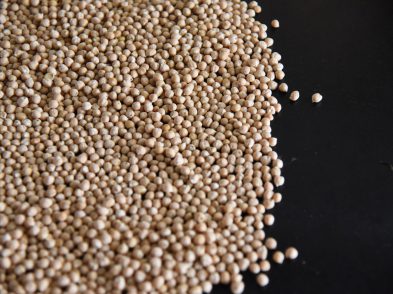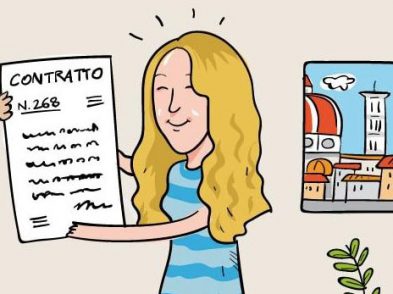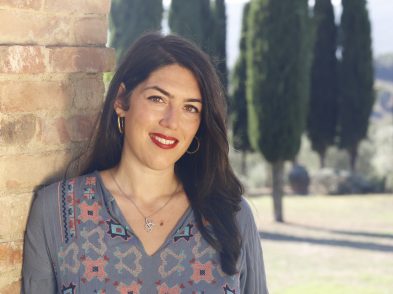Massimiliano Petragallo, a longtime calciante for the Rossi (Reds) of Santa Maria Novella who first joined their ranks in 1995, swears he wouldn’t mind if his only son were to take up Florence’s most violent game—or most violent giochino, as it’s called colloquially among its players. “I’d be calm about it. Either way I’d have an open mind. I had the chance to decide whether calcio in costume was something I wanted to do or not, so why shouldn’t he?” Massimiliano says.
He’s referring to a June fixture on Florence’s folk calendar: calcio storico fiorentino, that savage combination of rugby, soccer and wrestling played among the city’s four historic districts. Massimiliano’s red-blooded Santa Maria Novella contingent is joined by the Verdi (Greens) of San Giovanni, the Bianchi (Whites) of Santo Spirito and the Azzurri (Blues) of Santa Croce. It could be argued that the latter group has an allegorical advantage, since the spectacle plays out in their neighborhood’s main square each year. But no team is short on symbols and regalia, nor zeal for its next generation of near-gladiators.
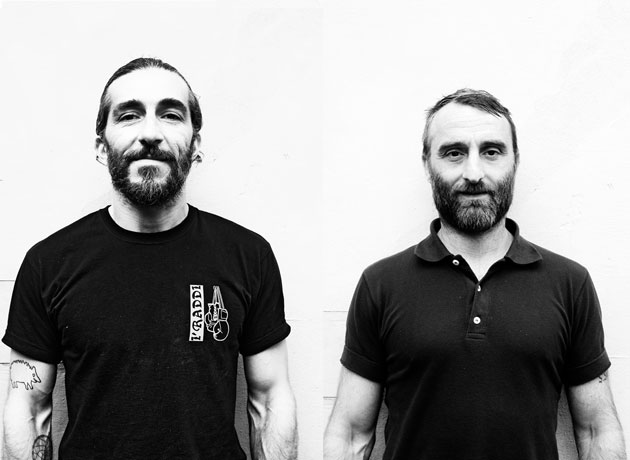
Massimiliano Petragallo (L) and Fabrizio Valleri (R)
As it happens, though, Massimiliano’s word will never be tested. He is father to two girls and his purely hypothetical son will not be entering any sort of arena.
What if the daughters were to express interest in playing, then? He waves dismissively at the very idea of it. “You know, one year, they tried to organize a few women’s matches. There were four teams and everything,” Massimiliano says, chuckling. “But let’s not go there.”
We’re chatting about calciante life at I’ Raddi di Santo Spirito on via Michelozzi, a corner eatery where Massimiliano and fellow offensive player Fabrizio Valleri, nicknamed “Il Vallero” and a prominent member of the Bianchi, are currently manning the counter. “Clearly, he’s the real Rosso here,” Massimiliano jokes, pointing to Fabrizio’s strawberry-hued head.
Calcio fever is swirling in the Florentine air, with the semis around the corner and a month to go until the final on June 24, feast day of John the Baptist, the city’s patron saint. “It’s warm weather now, and that stretch from April to June is when people start coming ‘round, wanting to be your friend,” Massimiliano says when prompted about it, appearing more amused than anything else.
Isn’t the charm of two calcianti from rival teams working together in a restaurant good for business, especially at the peak of training season?
The duo concurs laughingly that it tends to bring more freeloaders than customers. “All friends, of course,” Massimiliano clarifies.

Fabrizio, for one, relishes the notoriety and camaraderie inherent to the giochino on a local level. But he’d happily do without all the attention from outside Florence. “We’re not paid athletes; we do it for the glory, for the sense of belonging and freedom. For the celebration of values that you can feel far removed from with today’s technology,” he says. (Technology that indeed perpetuates the extra visibility he claims can be a hassle).
A via del Campuccio native whose distinct Bianchi tattoo peeks out from under his sleeve, Fabrizio enlisted at 28, an above-average age for new entries. Far from a typical rookie when he made his debut, he’d meticulously followed match choreography for years and helped dress up the “Diladdarno” for Bianchi parties after each June showdown. His fandom stretches back to 1984, when he first saw the pre-game ritual parade of costumed players, court members and flag throwers move through the city streets. “At age nine, seeing those calcianti lined up was like seeing gods. Just the maximum,” he says wistfully. “My memory of that, well, it’s pretty indelible.”
Like Massimiliano, Fabrizio now has children, dusts his speech with a stream of sicché’s and lives what both call a “regular life.” Unlike Massimiliano, who says he won’t risk letting his daughters see him leave piazza Santa Croce on a stretcher, Fabrizio allows his family to attend matches, though he’s not convinced they see much. “They come to watch, but they don’t actually look,” he says.
The pair’s principal divergence comes when discussing year-round relations among teams. Massimiliano, who sports a few more silver hairs than Fabrizio, seems rather nonchalant about the social order, explaining that calcio storico rivals working together is common, especially in bars and restaurants—his friendship and professional ties to Fabrizio are not particularly exceptional, he says.
Fabrizio’s descriptions are a bit more intense. “There’s mutual respect, yes,” he says. “But {in life outside the game}, we’re still certainly adversaries, if not enemies. Enemies is a strong word.”
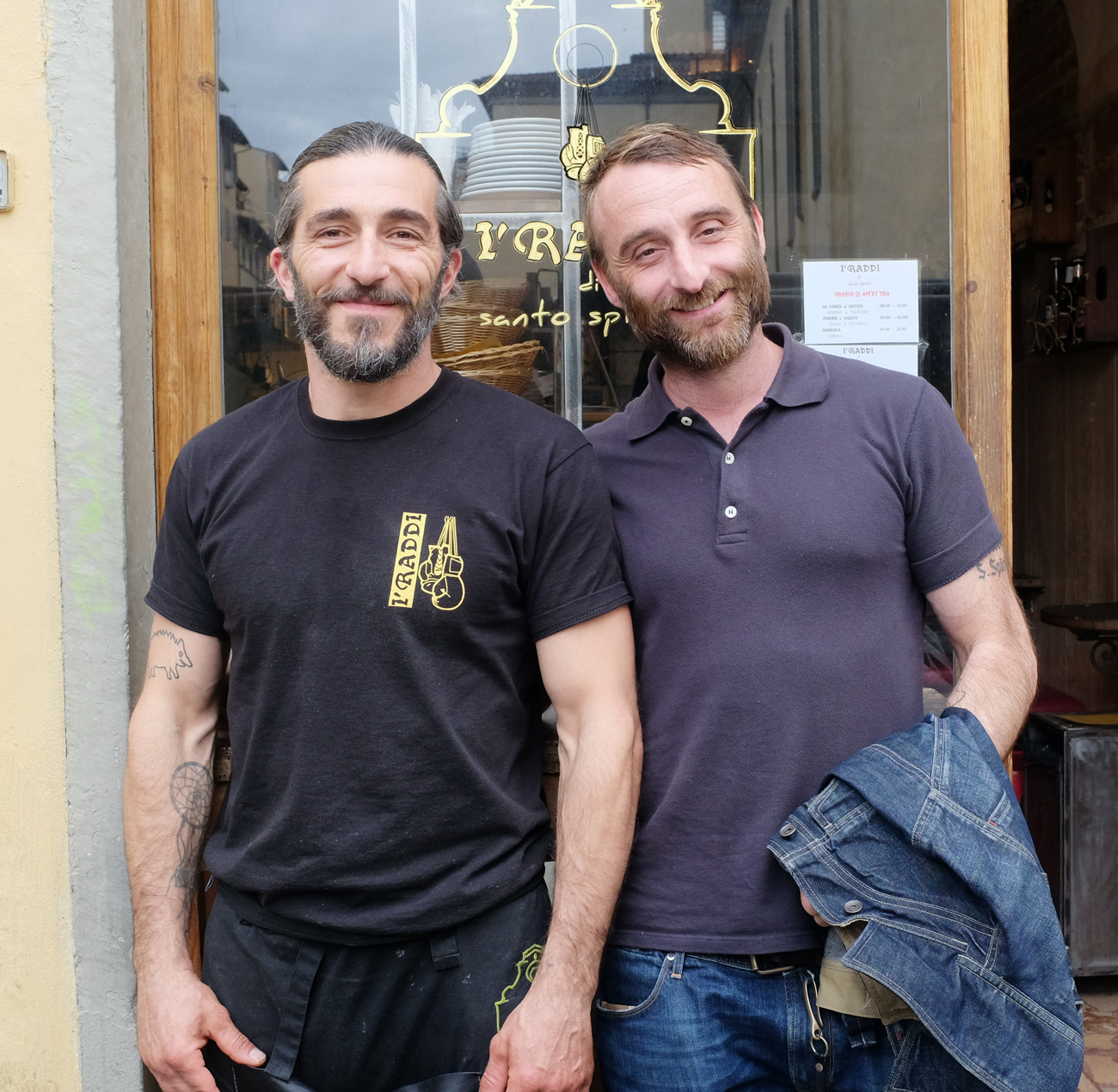
If it all seems largely like an impenetrable Florentine boys’ club, well, it is. Beyond the game’s baseline social strata, even its hard and fast rules state that if players aren’t born-and-bred Florentines—a preference of many purists—they must have been resident in the city or greater metropolitan area for at least 10 consecutive years. But increased international interest has brought a steady influx of “foreign” players, some from outside Italy and others who simply do not meet the residency requirements in force. (Until very recently, up to three people who fit this “foreigner” description could play for each team at once, but a heated May 21 city council meeting introduced new regulations for 2018, eliminating the possibility for foreigners to take part in the proceedings).
Here at the June juncture, Massimiliano and Fabrizio won’t let such debates break their focus, but the former does seem sympathetic toward his affected teammates. “After years of playing for us, this year our foreigners can’t participate,” he says with a shrug. “One’s from Montecatini and another from Bologna.”
Ticket info for calcio storico matches will soon be published on www.calciostoricofiorentino.it.


